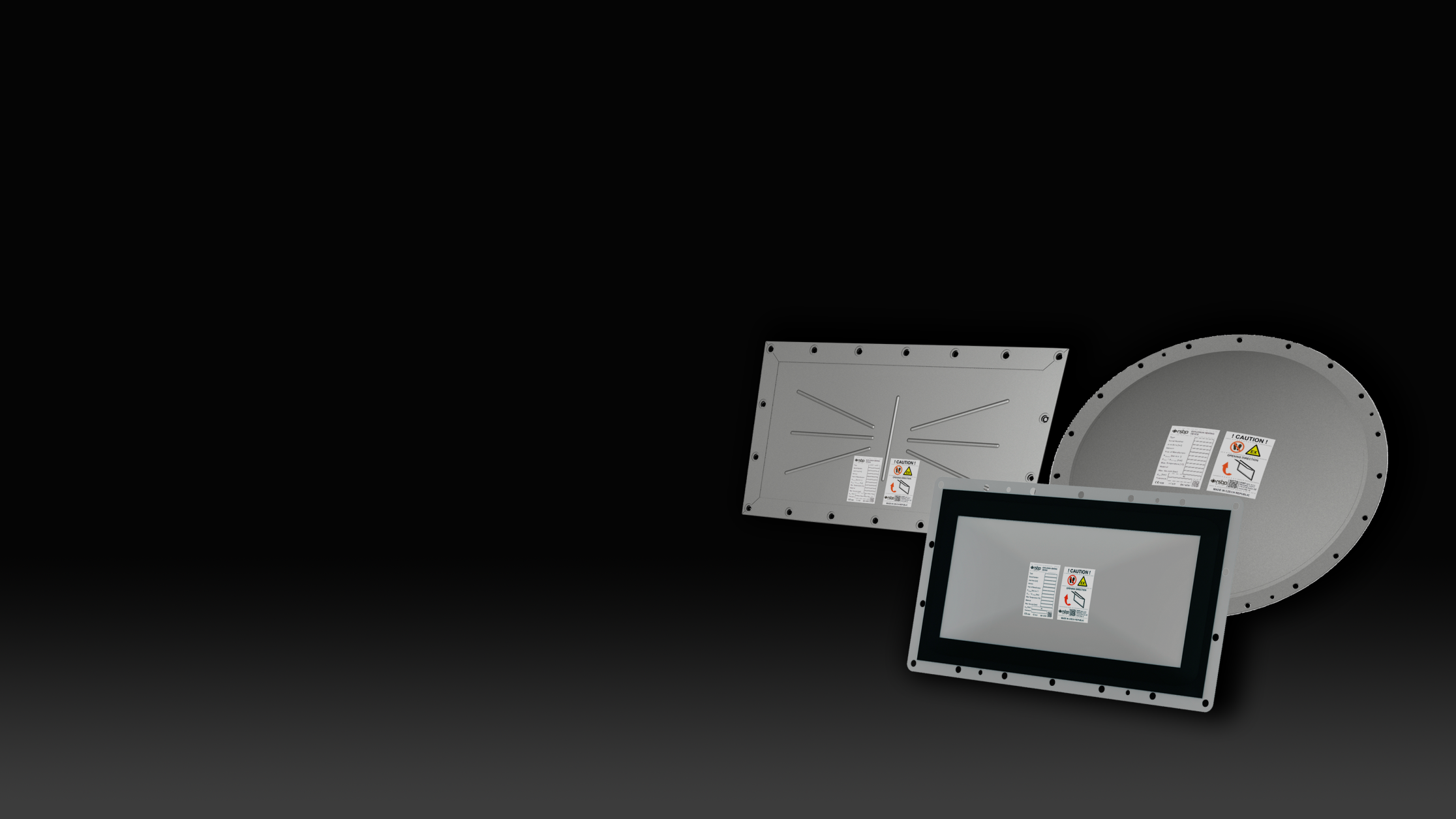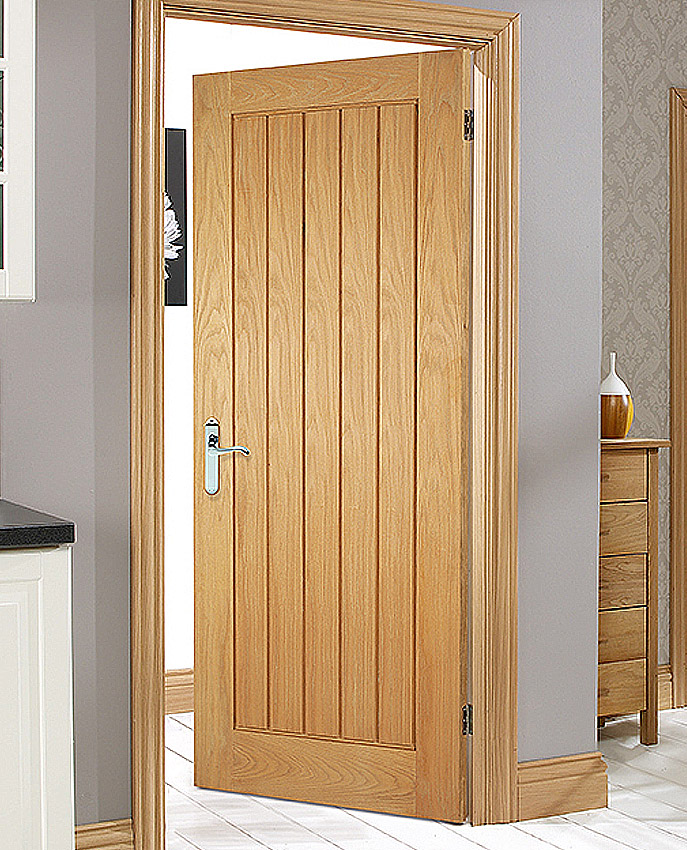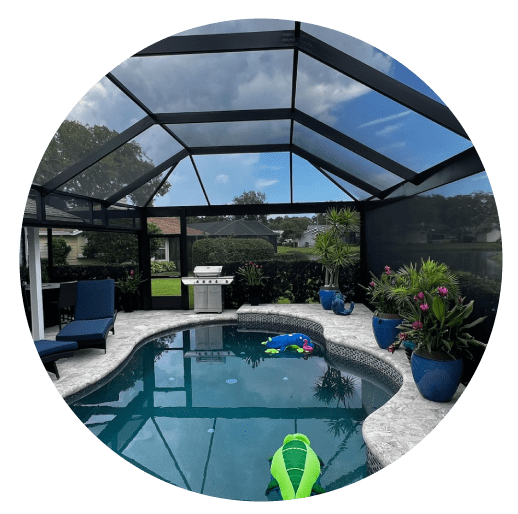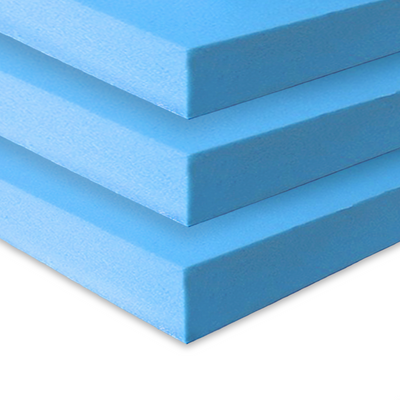
Creating an inclusive classroom environment that meets the needs of all students, including those with special education requirements, is essential for promoting academic success and overall well-being. Educators play a crucial role in breaking down barriers and providing the necessary support to help every student thrive. In this article, we will explore a variety of special education resources that can be utilized to foster inclusivity in classrooms.
Understanding Special Education
Special education refers to the customized teaching approach tailored to address the unique needs of students with learning disabilities, developmental delays, or other challenges that may hinder their academic progress. It aims to provide these students with the necessary support to access the curriculum, participate in classroom activities, and reach their full potential.
Key Components of Special Education
- Individualized Education Plan (IEP): A personalized plan designed to outline the student's specific learning goals, accommodations, and strategies to support their academic growth.
- Specialized Instruction: Tailored teaching methods and materials that cater to the student's individual learning style and pace.
- Support Services: Additional assistance such as speech therapy, occupational therapy, or counseling to address specific needs and challenges.
- Collaboration: Effective communication and collaboration among teachers, parents, and specialists to ensure a holistic approach to supporting the student.
Special Education Resources for Inclusive Classrooms
Inclusive classrooms benefit all students by promoting diversity, empathy, and understanding among peers. By incorporating special education resources, educators can create a supportive and inclusive learning environment where every student feels valued and empowered.
Technology Tools
- Assistive Technology: Devices, software, or applications designed to help students with disabilities access the curriculum and engage in classroom activities.
- Communication Apps: Tools that support non-verbal students in expressing their thoughts, ideas, and needs effectively.
- Interactive Whiteboards: Engaging visual aids that enhance learning and participation for students with diverse learning needs.
Professional Development
- Inclusive Teaching Strategies: Training sessions and workshops focusing on implementing inclusive practices and accommodations in the classroom.
- Collaborative Problem-Solving: Workshops that encourage educators to collaborate with special education professionals and parents to address challenges effectively.
- Understanding Differentiated Instruction: Resources to help teachers create lesson plans that cater to the diverse learning needs of all students.
Community Support
- Parent Workshops: Sessions designed to help parents understand the special education process, advocate for their child, and support their learning at home.
- Local Resources: Access to community organizations, support groups, and services that can provide additional assistance and guidance for students with special needs.
- Mental Health Services: Resources for students who require emotional or behavioral support to thrive in a classroom setting.
Benefits of Inclusive Classrooms
Embracing diversity and promoting inclusivity in classrooms offer a wide range of benefits for all students, regardless of their unique learning needs. Some of the key advantages include:
Promoting Empathy and Understanding
- Encouraging students to appreciate and respect differences among their peers.
- Fostering a sense of empathy and compassion for individuals with diverse needs.
Enhancing Communication Skills
- Promoting effective communication and collaboration among students of varying abilities.
- Encouraging students to develop strong verbal and non-verbal communication skills.
Improving Academic Performance
- Providing targeted support and accommodations to help students reach their academic goals.
- Creating an environment where all students can actively engage in learning and achieve success.
Conclusion
By leveraging special education resources and adopting inclusive practices, educators can break down barriers and create a supportive learning environment where every student can thrive. Embracing diversity, fostering empathy, and providing the necessary support are essential steps in promoting inclusivity in classrooms. Together, we can ensure that every student receives the education and support they need to succeed.






 Image Source: Google
Image Source: Google